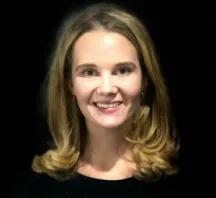Millennials look to capitalise on housing slump



Millennials may be able to have their smashed avo and eat it too, with the current slump in the property market driving over a third of Australians aged 34 – 38 to look into how they can benefit from housing prices finally seeming to turn in their favour.
Thirty-five per cent, or 1.9 million, of consumers in that age bracket believed that they had something to gain from recent drops in housing prices, according to a survey by pricing comparison site Finder, in sharp contrast to traditional sentiment that younger generations are being shut out of the property market.
“A housing market slowdown is a fresh start for those who had been priced out of the market,” a personal finance expert at Finder, Kate Browne, said.
“At the same time, a lot of investors want to get in while prices are dropping and interest rates are low.”
For young investors looking to capitalise on the market downturn, Browne warned that pre-planning such as boosting savings and getting home loan pre-approvals could prove vital.
At the other end of the spectrum, just four per cent of Baby Boomers were more likely to buy as the market cooled, and 30 per cent of Australians surveyed regardless of age saying that the changed conditions hadn’t had any effect on their purchase decisions. The remaining 50 per cent weren’t looking to buy property now.
Recommended for you
ASIC has released the results of the latest financial adviser exam, held in November 2025.
Winners have been announced for this year's ifa Excellence Awards, hosted by Money Management's sister brand ifa.
Adviser exits have reported their biggest loss since June this week, according to Padua Wealth Data, kicking off what is set to be a difficult December for the industry.
Financial advisers often find themselves taking on the dual role of adviser and business owner but a managing director has suggested this leads only to subpar outcomes.












